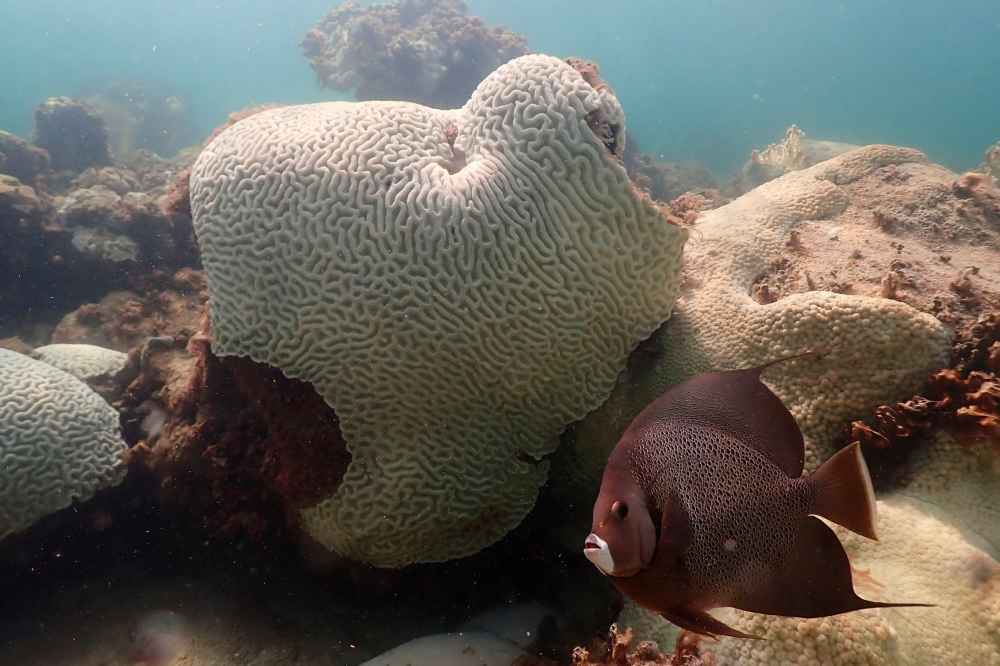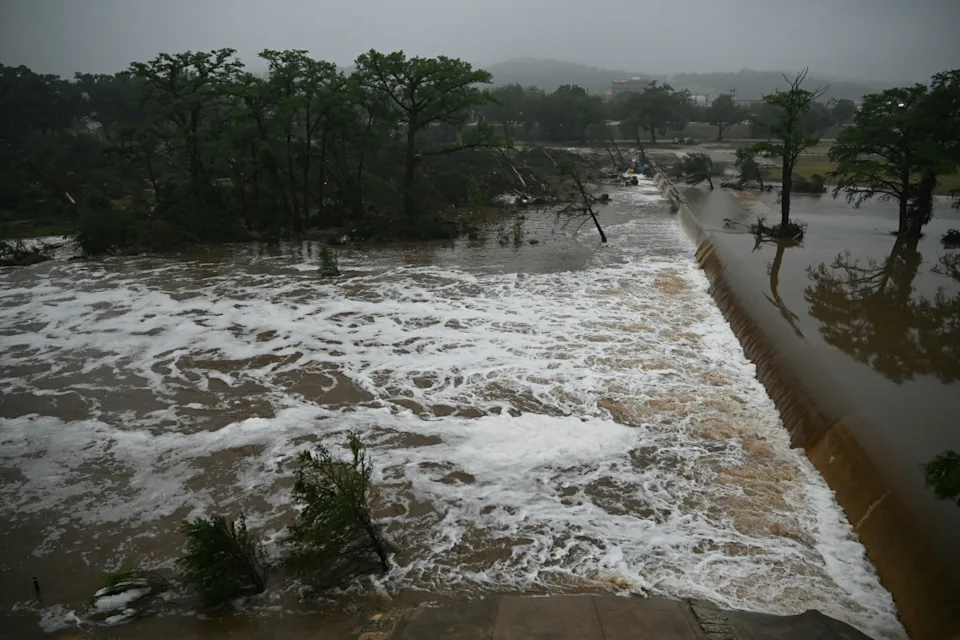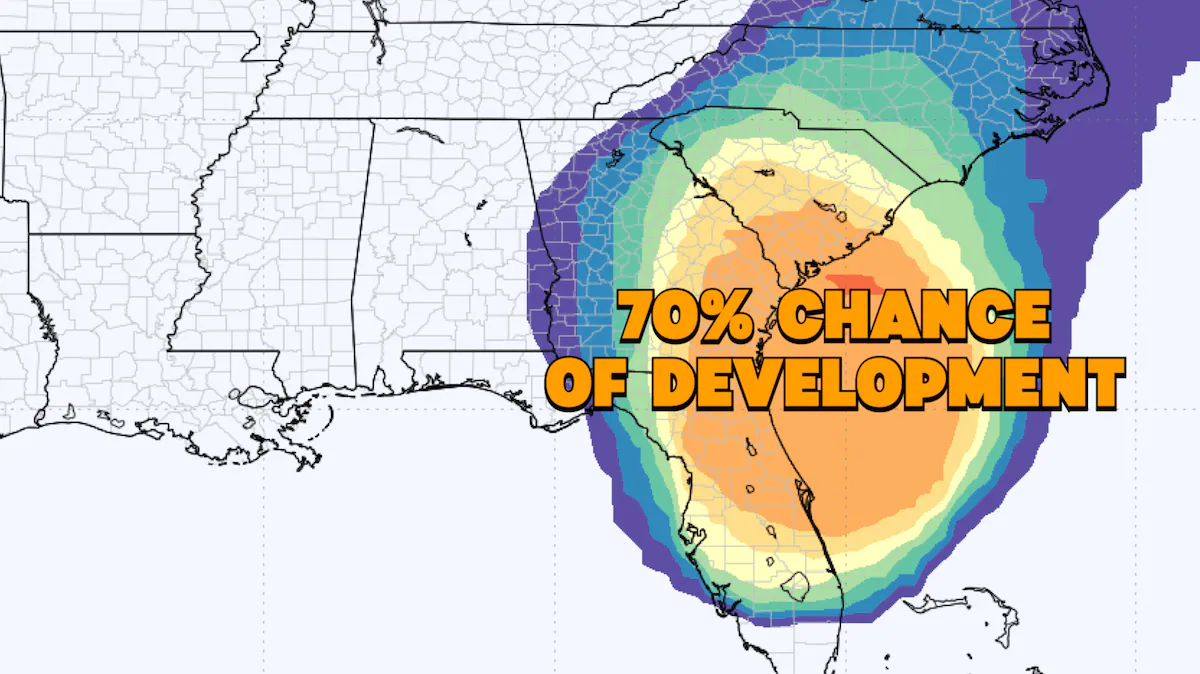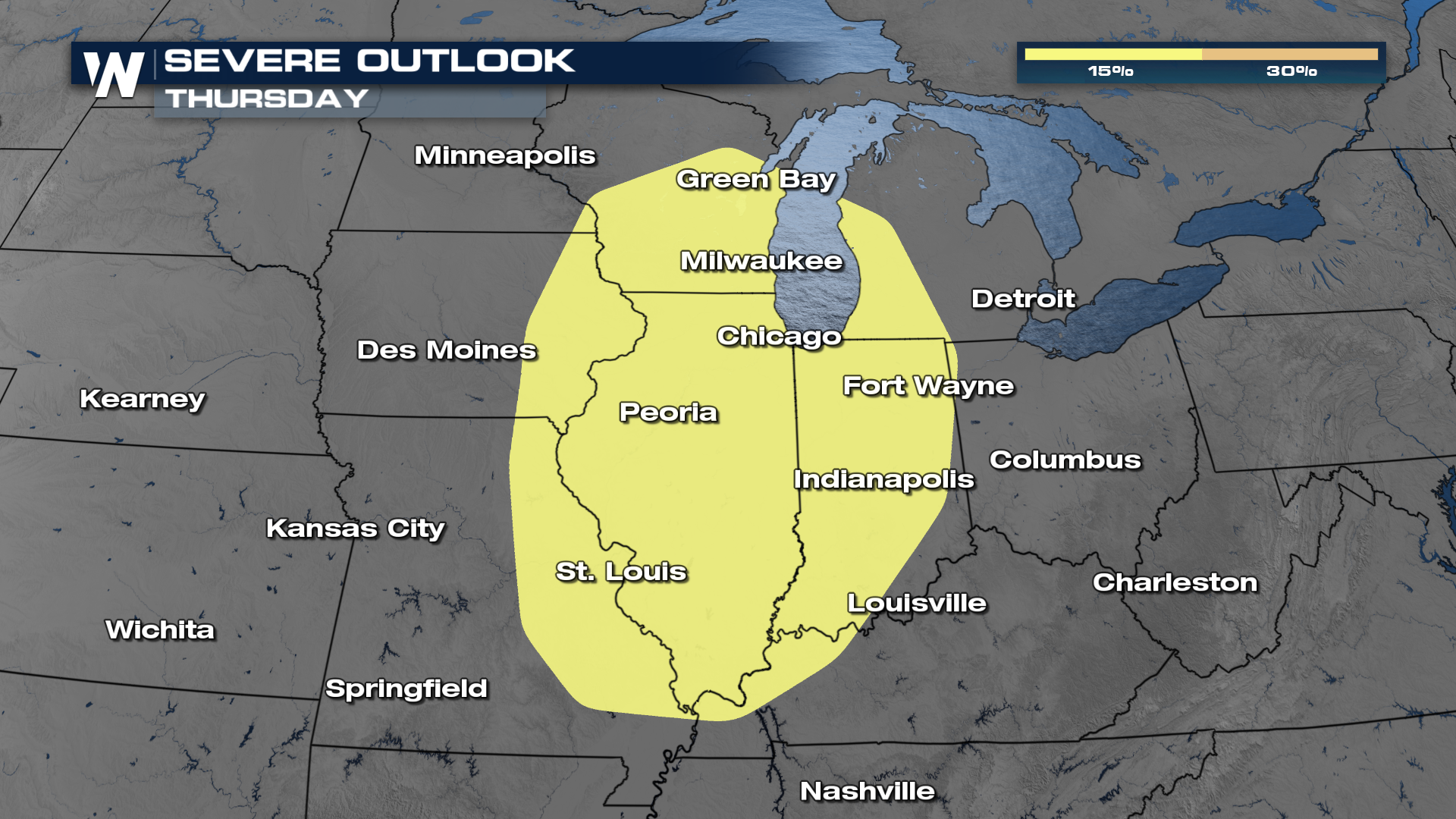Emergency efforts are underway to relocate corals from experimental nurseries offshore.
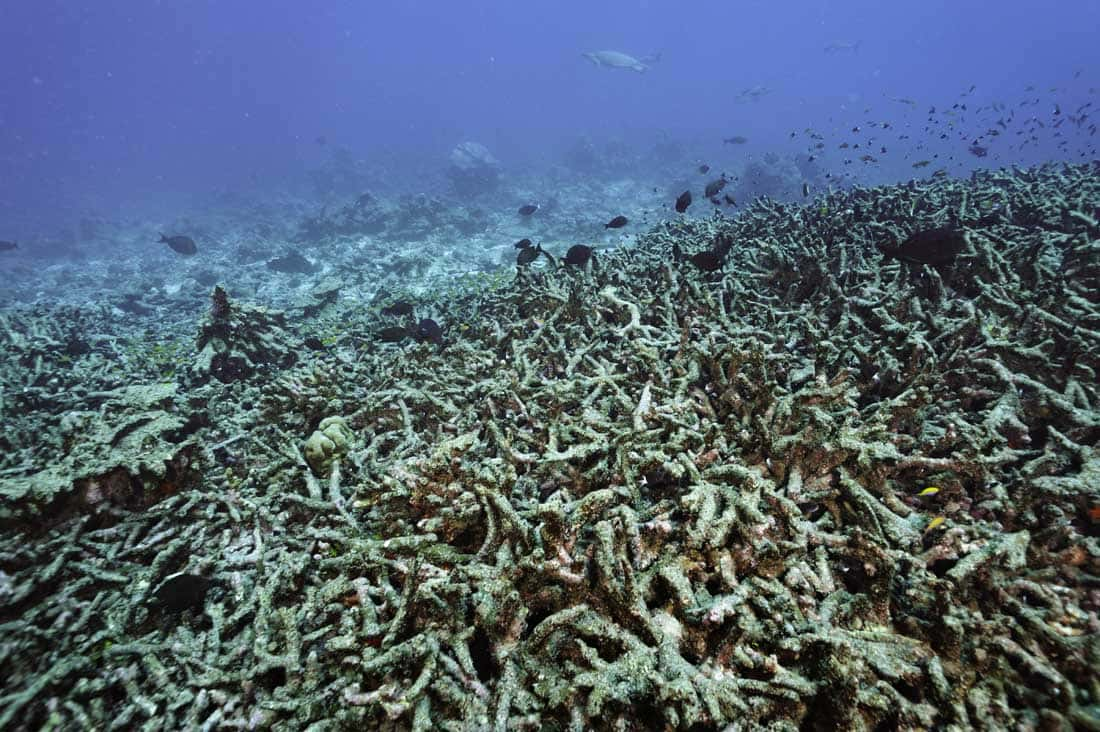
This summer, soaring temperatures, and persistent marine heat waves have led to extensive coral reef bleaching and fatalities in the Florida Keys and the Caribbean
While South Florida saw a modest dip in water temperatures post-August, levels remain notably elevated. The passage of Hurricane Idalia through the northwestern Caribbean Sea temporarily stirred cooler waters, offering a brief respite for the corals. However, concerns persist, as warm temperatures are predicted to linger in South Florida and the tropical Atlantic until December. Scott Atwell, spokesperson for Florida International University supporting the Florida Keys National Marine Sanctuary, warns, “We’re not out of the woods yet.”
Coral reefs, vital for oceanic health and local economies, face unprecedented stress. Coral research scientist Lauren Toth explains the crucial symbiotic relationship between corals and algae. Importantly, Coral reef bleaching does not equate to irreversible damage; corals can recover if physical stress lessens. The National Oceanic and Atmospheric Administration reports marine heat waves affecting over 40% of the world’s oceans this summer.
This season saw Florida’s coral reef experiencing an unprecedented level of Coral reef bleaching-related heat stress
Southeast Florida entered Coral reef bleaching Alert Level 2 for the first time in mid-July. On September 1, Coral Reef Watch noted that 32 of its 34 Caribbean and northwestern Atlantic stations were at Alert Level 1 or 2. The four-month outlook predicts Alert Level 2 at most sites by the end of September. Cheeca Rocks, within the Florida Keys National Marine Sanctuary, displayed resilience after the 2014 and 2015 Coral reef bleaching events, boasting some of the highest coral coverage among surrounding offshore reefs. Elevated sea surface temperatures induced mass Coral reef bleaching at this monitoring site.
Iconic Reefs, a monumental coral restoration effort led by the National Oceanic and Atmospheric Administration and seven partners, targets seven reefs in the Florida Keys, aiming to restore an area equivalent to 52 football fields. Despite challenging conditions, initial assessments reveal living corals in nurseries planted over the past four years. Scott Atwell notes, “This story is still being written,” as researchers explore which corals thrived in the heat and delve into their genetic makeup.
READ ALSO: Summer Heatwave 2023 Reshapes Daily Life Worldwide
